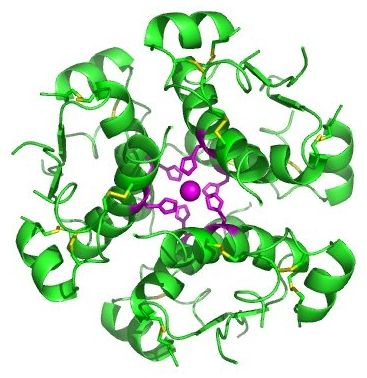Time to work off that Chritmas Turkey bigsmile
Making muscles burn more fat and less glucose can increase exercise endurance, but could simultaneously cause diabetes, says a team of scientists from Baylor College of Medicine and other institutions.
Mouse muscles use glucose (carbohydrate) as fuel when the animals are awake and active and switch to fat (lipid) when they are asleep. The team discovered that disrupting this natural cycle may lead to diabetes but, surprisingly, can also enhance exercise endurance. The switch is controlled by a molecule called histone deacetylase 3, or HDAC3. This finding opens the possibility of selecting the right time to exercise for losing body fat but also raises the concern of using HDAC inhibitors as doping drugs for endurance exercise. The study appears in Nature Medicine.
“How the muscle uses glucose is regulated by its internal circadian clock that anticipates the level of its activity during the day and at night,” said senior author Dr. Zheng Sun, assistant professor of medicine—diabetes, endocrinology and metabolism, and of molecular and cellular biology at Baylor. “The circadian clock works by turning certain genes on and off as the 24-hour cycle progresses. HDAC3 is a key connection between the circadian clock and gene expression. Our previous work showed that HDAC3 helps the liver alternate between producing glucose and producing lipid. In this work, we studied how HDAC3 controls the use of different fuels in skeletal muscle.”









Comments are closed.